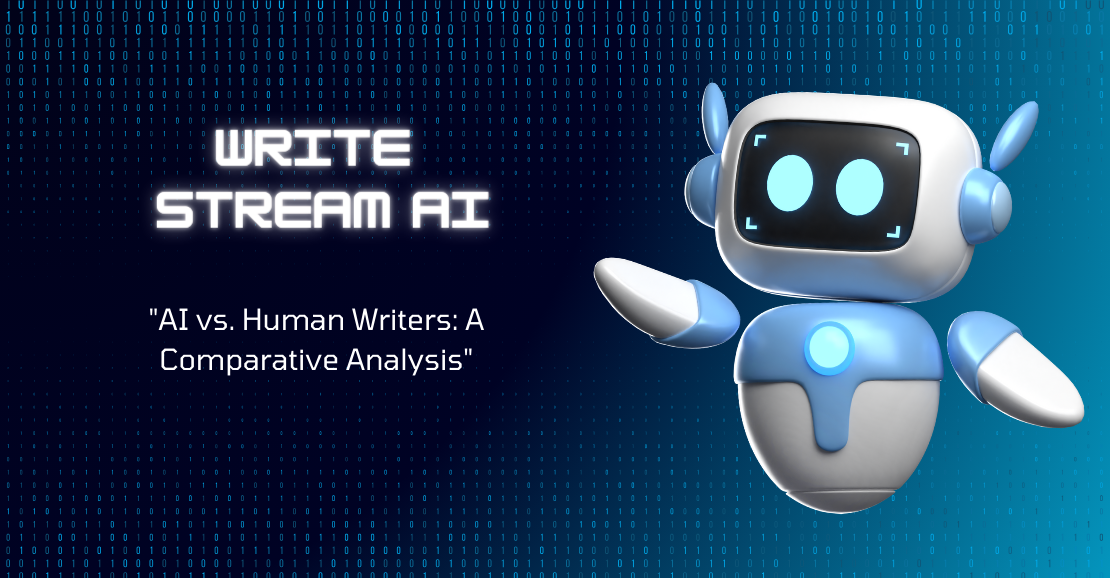AI (Artificial Intelligence) has been steadily evolving and making its way into various industries, including the writing field. With the rise of AI-powered writing tools, the debate of AI vs. human writers has been gaining traction. While some argue that AI may eventually replace human writers, others believe that there are certain aspects of writing that only a human can master. To understand this better, let's dive into a comparative analysis of AI and human writers.
Accuracy and Efficiency:
One of the key advantages of AI-powered writing tools is their ability to produce accurate and error-free content at an incredible speed. These tools use natural language processing algorithms and machine learning techniques to analyze data and generate human-like text. This not only saves time but also ensures that the content is grammatically correct and free of spelling errors. On the other hand, human writers may take longer to produce content and may make errors that require multiple rounds of proofreading and editing. However, human writers have the ability to craft unique and creative content that resonates with the reader on an emotional level, something AI may struggle with.
Flexibility and Adaptability:
AI writing tools are programmed to stick to a specific set of rules and guidelines, making them less flexible in terms of adapting to different writing styles or tones. This can lead to robotic and repetitive content, lacking the human touch and creativity. Human writers, on the other hand, have the ability to adapt their writing style and tone according to the target audience and the purpose of the content. They can also incorporate their personal experiences and emotions into their writing, making it more relatable and engaging for the readers.
Originality and Creativity:
One of the major concerns with AI-powered writing tools is their ability to produce original and creative content. These tools rely on existing data and patterns to generate content, which can result in repetitive and unoriginal content. Human writers, on the other hand, have the ability to come up with unique and creative ideas, draw from their personal experiences, and think outside the box. This gives them an edge in creating content that is fresh, engaging, and thought-provoking for the readers.
Contextual Understanding:
AI-powered writing tools may struggle with contextual understanding, as they rely on data and algorithms to generate content. This means they may not be able to fully comprehend the emotional or cultural nuances of a given topic. This could lead to inappropriate or insensitive content, especially when dealing with sensitive or controversial topics. Human writers, on the other hand, have the ability to understand the context, analyze the audience, and adapt their writing accordingly.
Cost and Accessibility:
AI writing tools are often marketed as a cost-effective and accessible solution for businesses and organizations, as they require minimal human input and can produce a large volume of content in a short period. However, the initial investment for acquiring and implementing such tools can be high. On the other hand, human writers may be more costly, but they offer a personalized and human touch to the content that AI tools cannot replicate.
In conclusion, AI and human writers both have their strengths and limitations when it comes to writing. While AI-powered writing tools can provide efficient and accurate content, human writers offer creativity, emotional intelligence, and a deeper understanding of context. Rather than seeing them as competitors, the best approach is to see them as complementary forces. By combining the speed and accuracy of AI with the creativity and emotional intelligence of human writers, we can achieve the best of both worlds and produce top-quality content that engages and resonates with the readers.























Write your comment
Cancel Reply